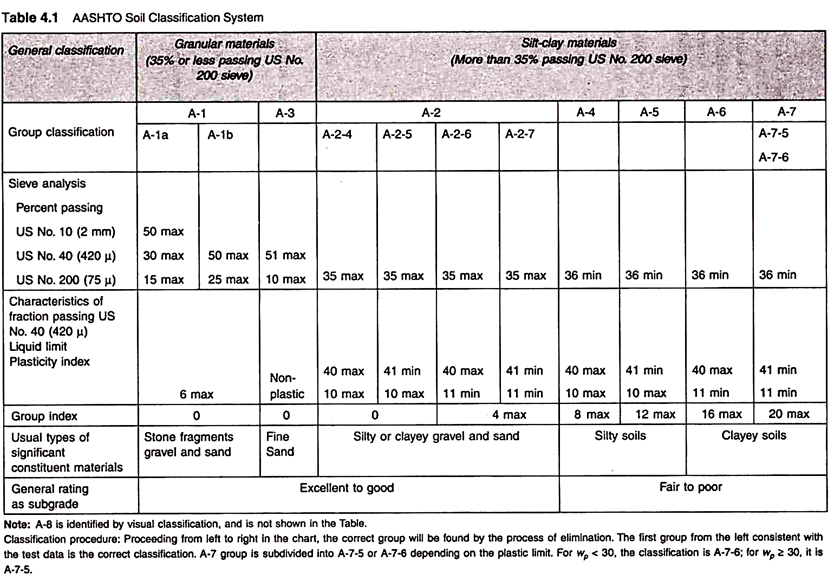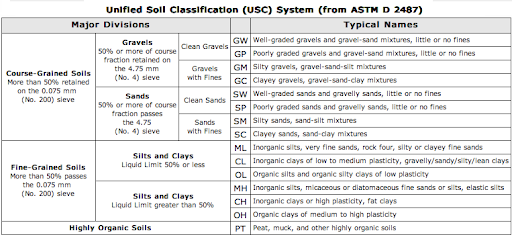WHAT IS SOIL STABILIZATION?
Soil stabilization is a general term for any physical, chemical, mechanical, biological, or combined method of changing a natural soil to meet an engineering purpose.
Engineering properties improvement include increasing the weight bearing capabilities, tensile strength, and overall performance of in-situ subsoils, sands, and waste materials.
It is generally required when the soil under the foundation for construction is not suitable to carry the structural load. Soil stabilization methods are a remedial measure that reduces soil permeability and compressibility of the soil mass in earth structures and increases shear and flexural strength which helps in reducing the overall or differential settlement of structures. Soil stabilization is a very common process for almost all road and building sites projects.
Broadly and aside from geogrid and fabric stabilization techniques, all types of soil stabilization can be classified into two groups, i.e. mechanical stabilization and chemical stabilization. In mechanical stabilization, the grading of soil is changed by mixing it with other types of soils of different grades. By doing so, a compacted soil mass can be achieved. On the other hand, chemical stabilization is associated with the modification of soil properties by the addition of chemically active materials. In soil stabilization, it is very important to understand the material properties involved in the mixture and the outcome after mixing. Moreover, it is important to find out how the material is going to perform after stabilization. At the same time the effects of the process on the nearby structures and surrounding conditions need to be evaluated. Accordingly, decisions can be taken on the selection of materials and the corresponding doses. In addition to the selection of materials and the doses, there are many other factors governing the effectiveness of this method, e.g. mixing and spreading, selection of roller, compaction layer thickness, compaction effort, sequence of operation, curing, environmental and climatic conditions, etc. In this chapter, the mechanical and different types of chemical stabilizations are discussed.
SOIL STABILIZATION AND THE ALUMINOPOLYMER
In addition to cobbles, boulders, and rock, Excavation and Grading Contractors deal with a number of different soil types including gravel, sand, silt, clay, and various grain sizes and combinations of each. The following tables present the American Association of State Highway and Transportation Officials (AASHTO) and American Society for Testing & Materials methods of soil classification.


In addition to classification based upon particle size and Atterberg Limits (plastic limit and liquid limit), soils are evaluated for their structural properties using relatively standard test methods including the California Bearing Ratio (CBR), R-Value, consolidation, direct shear, triaxial compression, and Resilient Modulus. These test methods determine the suitability of each soil encountered with the intended structural use, which may include backfill, or subgrade support for highways, bridges, foundations, airports, buildings, slope stability, and many other scopes.
